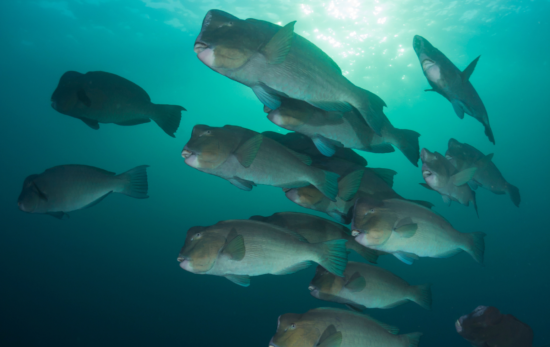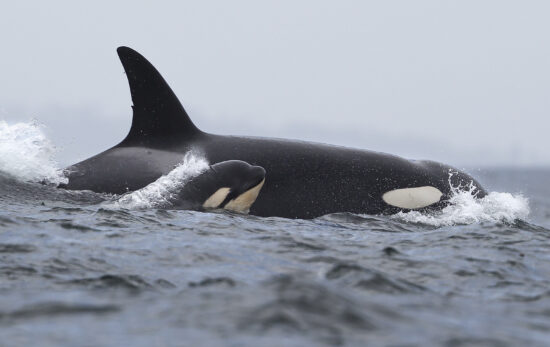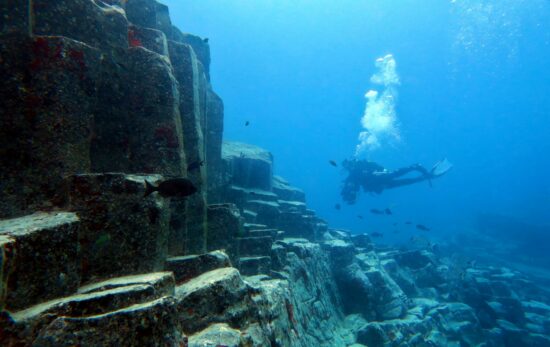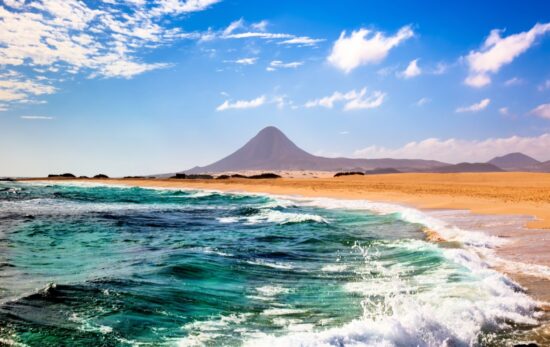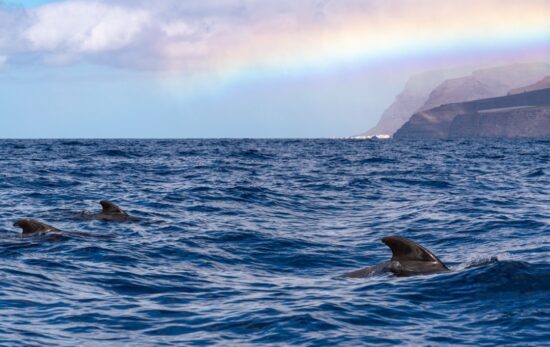Numerous people have heard of the angel sharks, but they are some of the most elusive species of shark. Many scuba divers hope to catch a glimpse of this weird and wonderful species while diving. And some, well they simply mistake this shark for a stingray.
Sit back, relax and let’s dive deep into the unique and mysterious life of the ‘Angels of the Sea.’
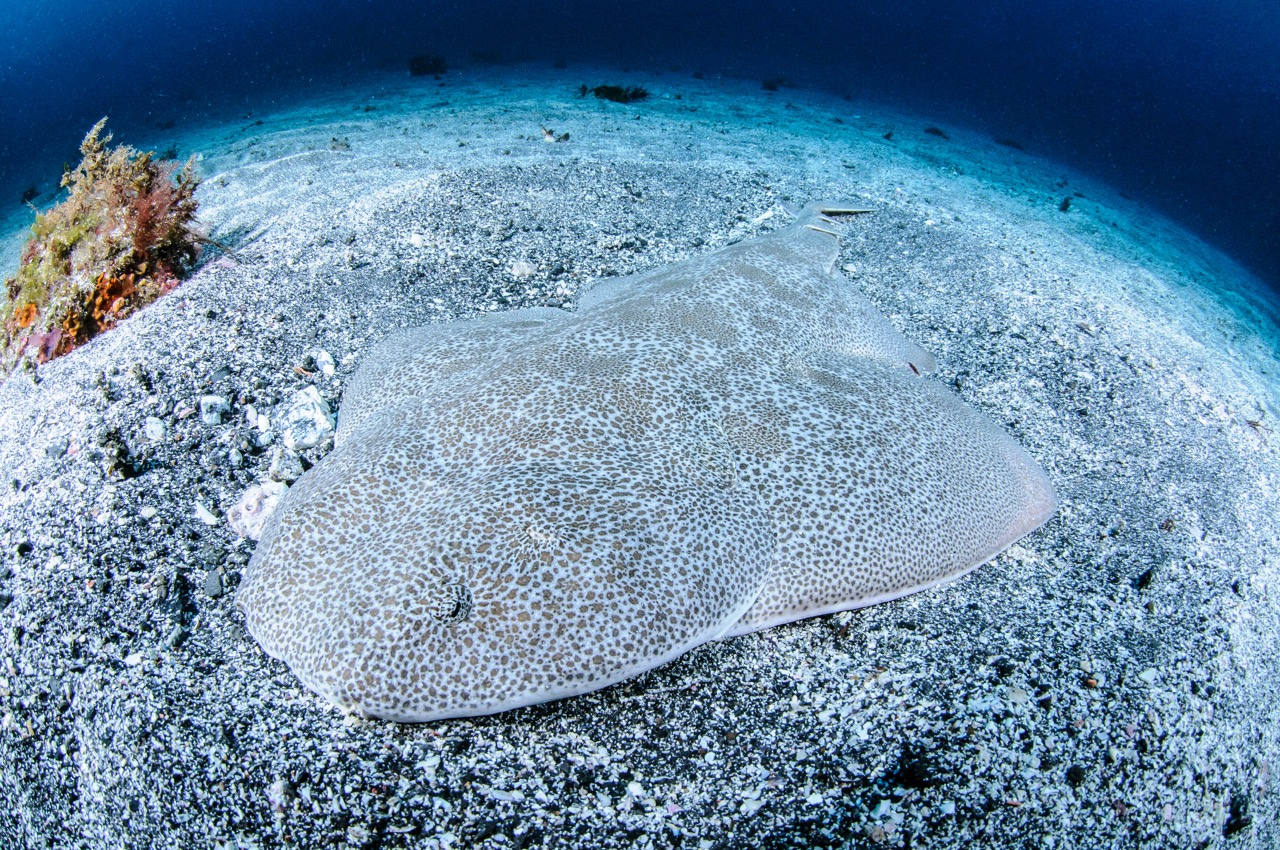
There are 24 Species of Angel Sharks
From the Clouded Angel Shark found in Japan to the Sawback Angel Shark of the Eastern Atlantic, the angel shark has adapted to make itself a home across our oceans. Although these 24 species differ slightly in their appearance, typically the angel
shark is recognised by its flat body and large pectoral fins.
You Can Actually Spot Angel Sharks in More Places Than You Think
Many believe that angel sharks only inhabit tropical water destinations, but in fact, this type of shark has an extensive distribution around the globe! A few of the places you can spot an angel shark include:
- The Canary Islands
- The USA
- China, Japan and Korea
Smaller populations are also present in other areas of Europe, including:
- Wales
- Greece
- Ireland
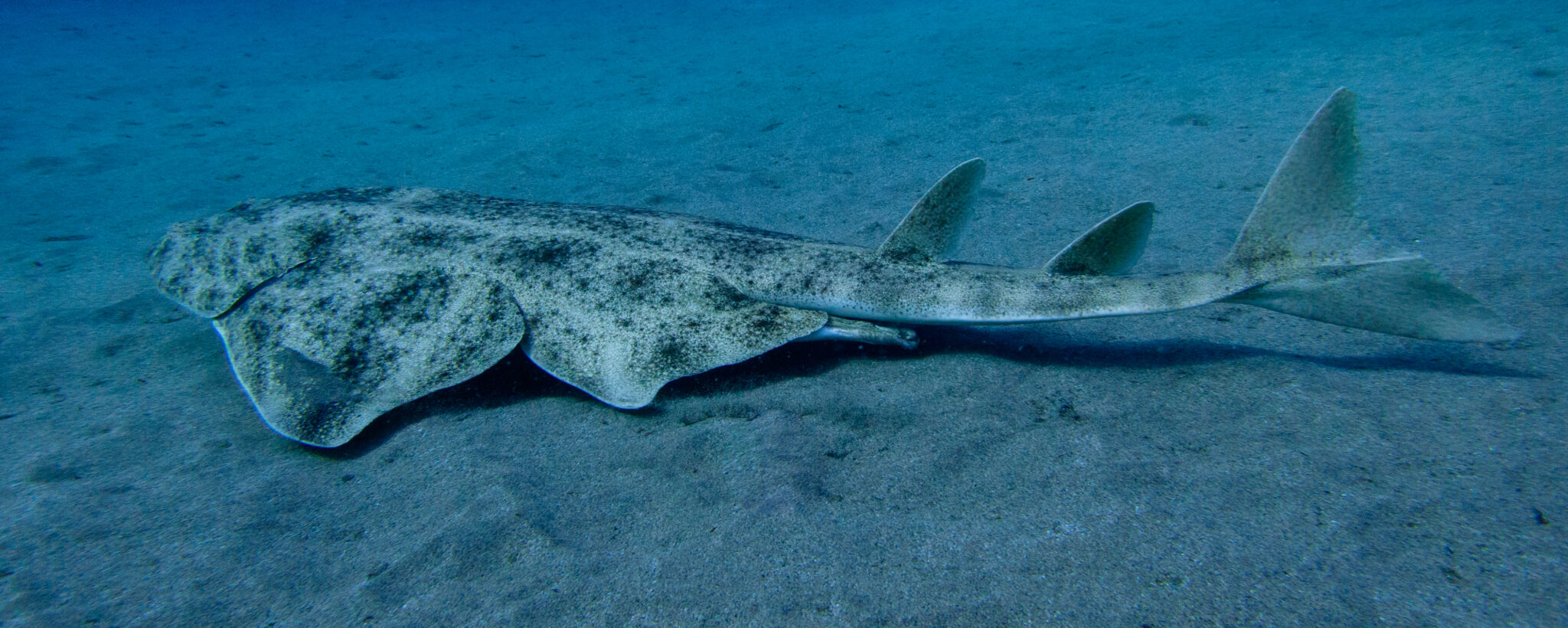
Angel Sharks are Impressive Hunters
Angel sharks prefer to hunt in shallow coastal waters at night. They are a bottom-dwelling species that immerse themselves in the mud and sand to wait for their prey. Angel sharks are extremely well-adapted hunters. Their eyes are located at the top of their head, meaning they can remain in camouflage whilst planning their attack. When their prey is close enough they strike out at a 90-degree angle all within an impressive tenth of a second!
The mouth of an this type of shark contains nine rows of teeth on the top of their jaw and ten rows of teeth on their bottom jaw, perfect for their diet which consists of small bony fish, squid, mollusks, and a variety of crustaceans.
Baby Shark
After a gestation period of between 8-10 months, angel sharks give birth to live ‘pups.’ Females can deliver between seven to twenty-five small but fully developed pups at one time. What’s more, once the pups are born they are self-sufficient and do not receive any further parental care!
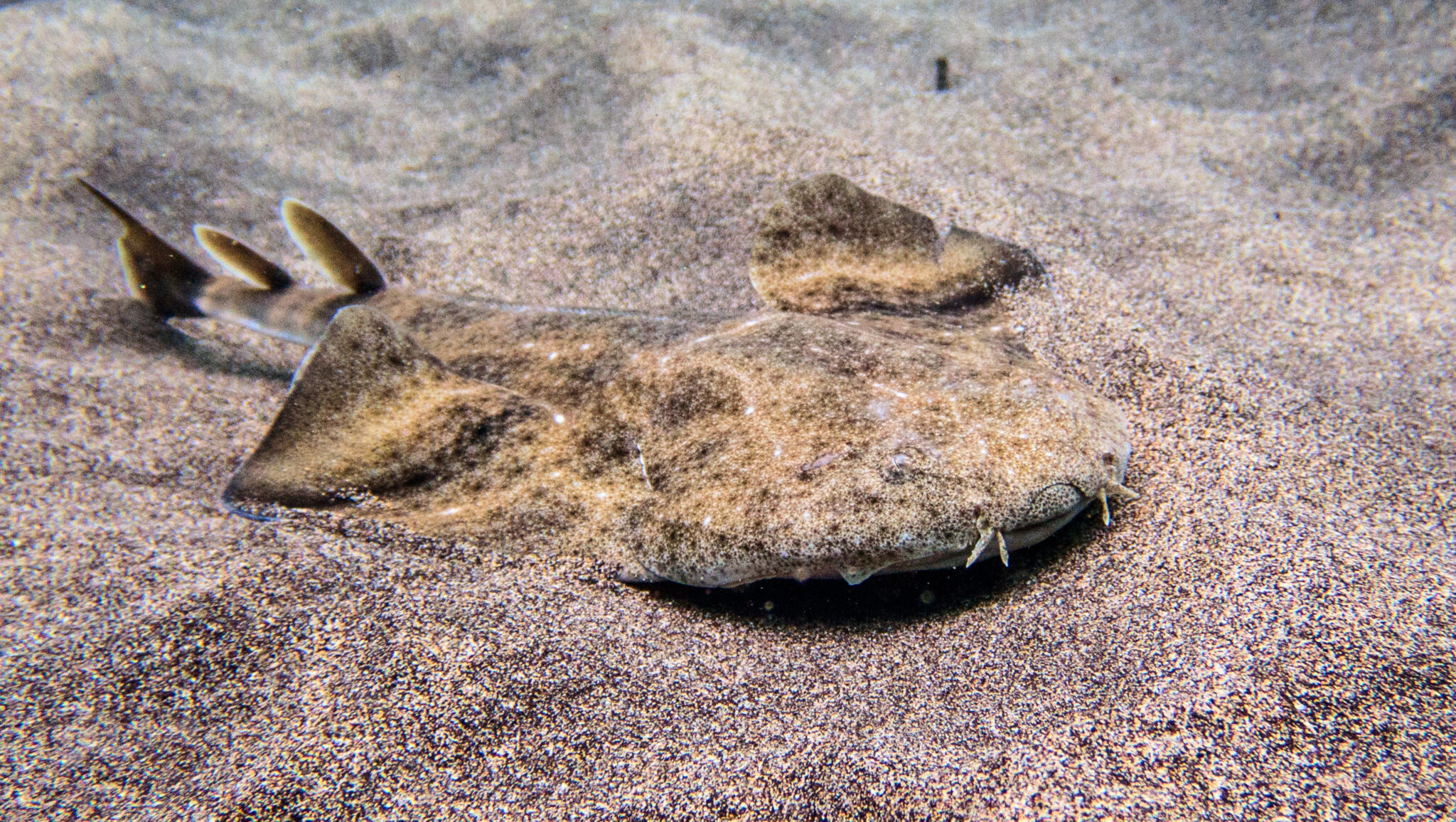
Angel Sharks Do Not Need to Swim to Breathe
An incredible adaptation of the angel shark is that they have special spiracles located behind their eyes. These spiracles are an unusual type of respiratory device that delivers oxygen to their brain and allows angel sharks to breathe without swimming. This spiracle is a modified gill that other species of shark, such as whale sharks and great white sharks do not have.
Angel Sharks are an Endangered Species
Angel sharks were once widespread throughout Europe’s seas. But now they are some of the most endangered fish in European waters, and just one step away from extinction.
As angel sharks are a bottom-dwelling species, they are highly susceptible to trawling and are easily captured in large-mesh nets.
- Trawling
- The expansion of offshore wind farms
- Habitat degradation through pollution
- And human disturbance, such as anchor damage and coastal development…
…Mean that the number of these sharks has declined by over 80% in the past century!
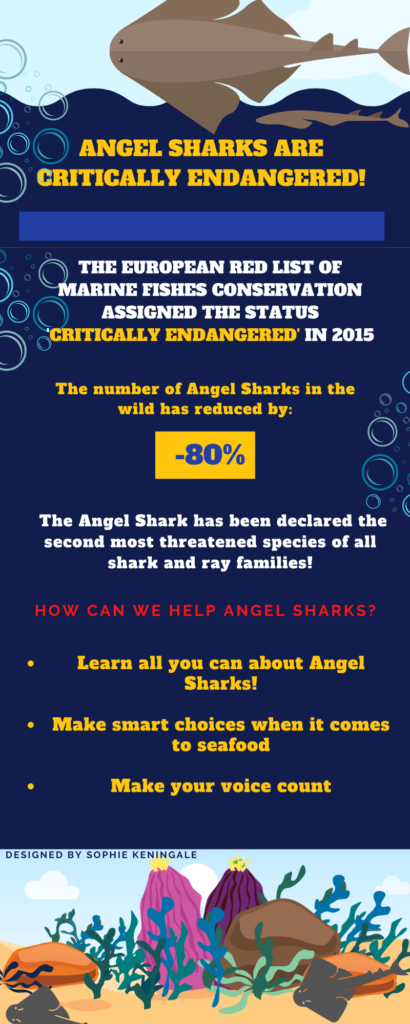
Angel Sharks Play an Integral Role in our EcoSystem
As predators, these sharks play a crucial role in maintaining a delicately balanced ecosystem. Without the intervention of angel sharks, their prey would explode in numbers. These sharks ensure that the fish population remains healthy and at a size that the habitat’s resources can support.
Top Tips for PADI Divers Who Want to Help Angel Sharks
1. Learn as Much as You Can
Educate yourself about the angel shark and teach your friends and fellow scuba divers the important role they play in maintaining a healthy ecosystem.
2. Make Smart Consumer Choices
The biggest threat posed to angel sharks is trawling, a fishing method that creates bycatch. Bycatch is unselective and lots of other species of marine life, not only the target species are killed as a result of this fishing method.
As a consumer, you should try to eat fish that comes from well managed, sustainable stocks or farms. You should avoid fish that is unsustainable, overfished, or those that have high levels of bycatch.
3. Collaborate with Shark Conservation Organisations
There are many wonderful organisations that are tirelessly working to promote the conservation of these sharks. The Angel Shark Project is a programme that collects ecological and population data and strives to protect this endangered species.
So there you have it, some amazing facts about a truly amazing species of shark.
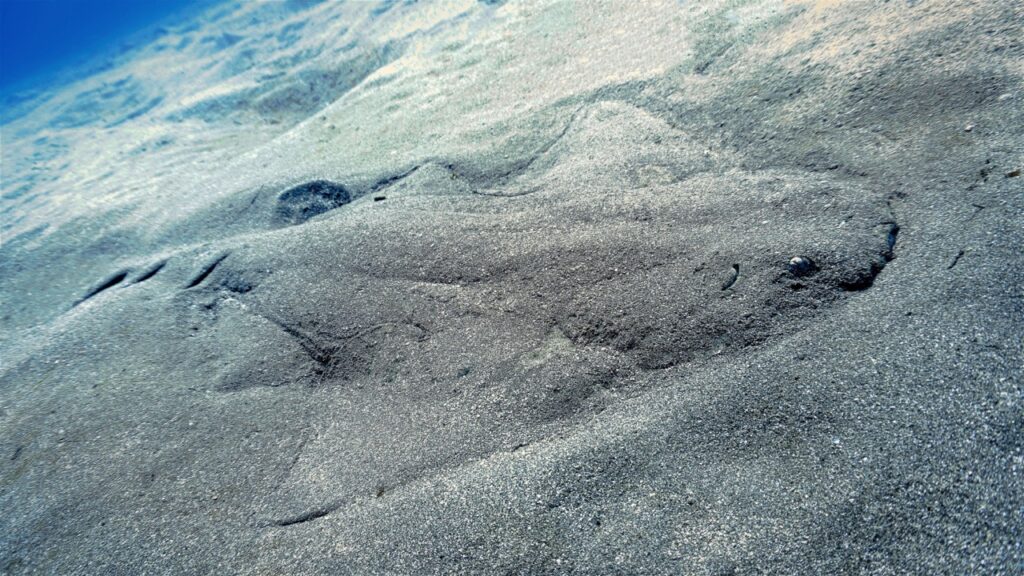
Written by Sophie Keningale
Sophie Keningale works hard to share her passion for scuba diving through her blog posts and hopes to offer useful information for scuba divers. Sophie owns and operates Leagues Ahead Diving in Gran Canaria with her partner James.
